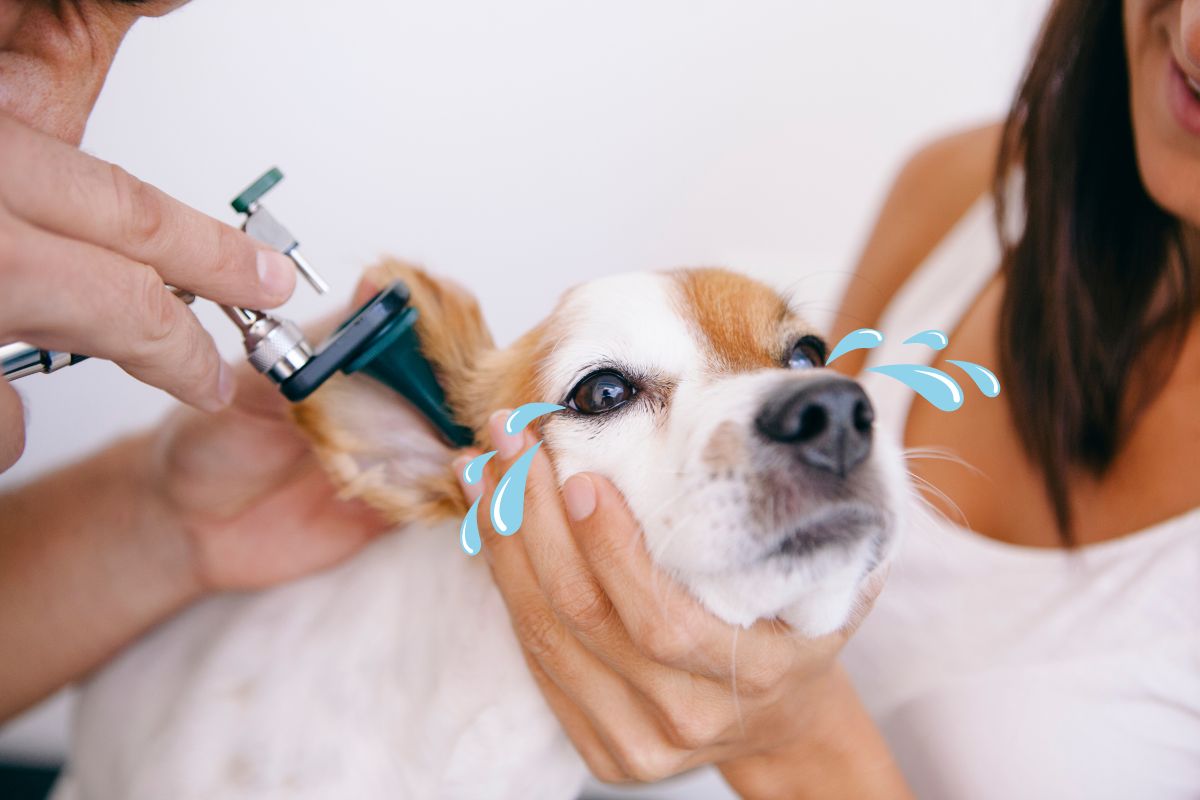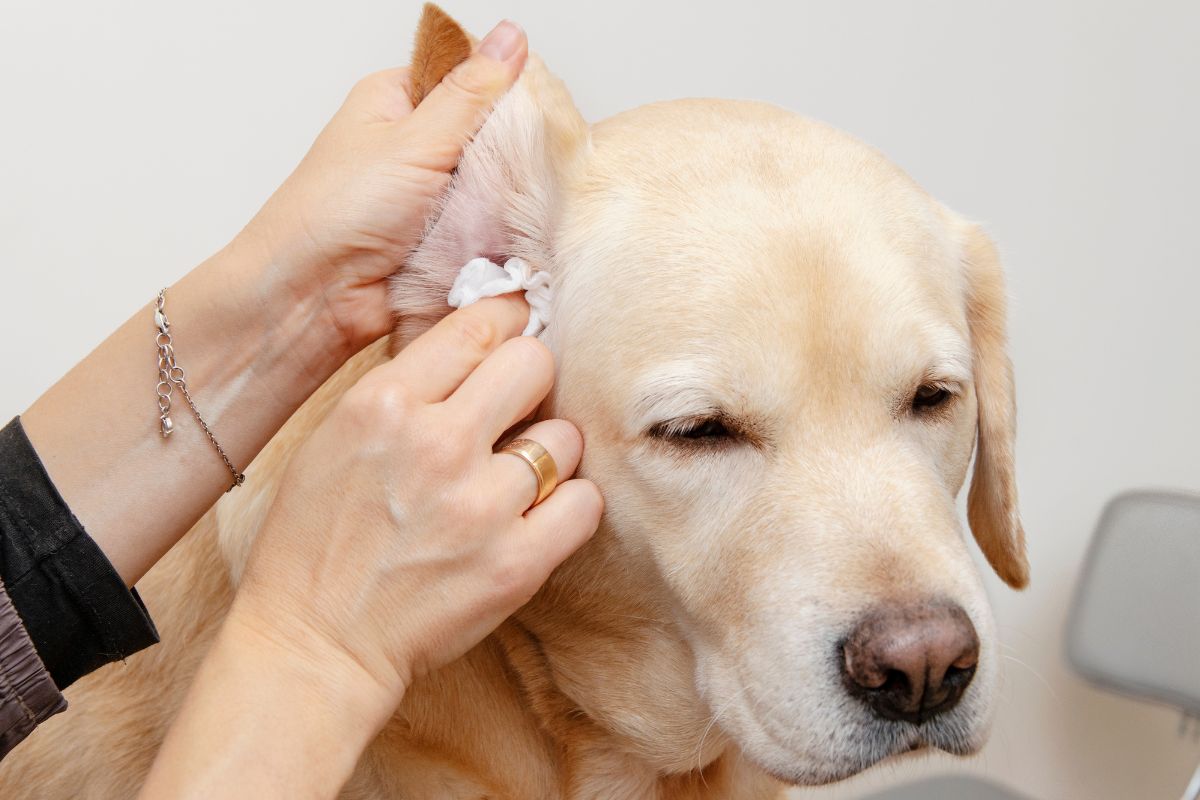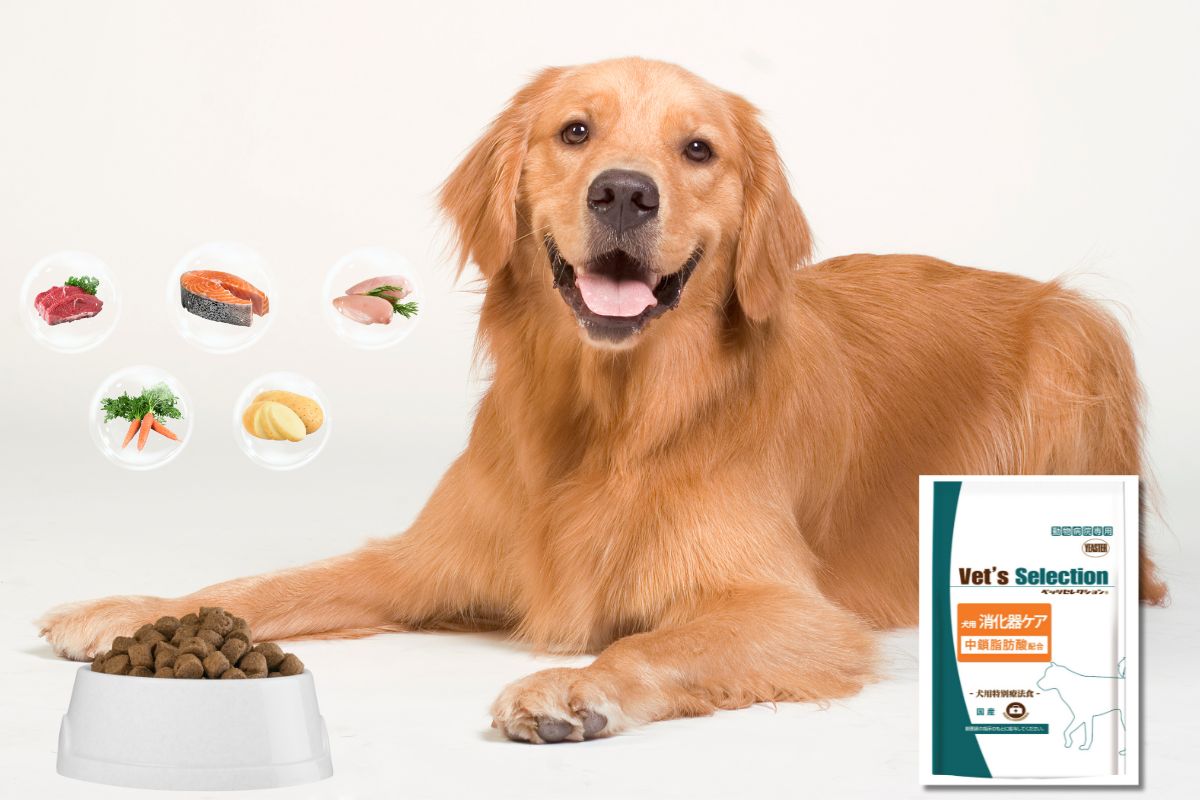Golden Retrievers, Cocker Spaniels, and Basset Hounds — these long-eared dogs are loved for their gentle looks and soft, droopy ears. However, few pet owners realize that this charming feature also makes these breeds highly susceptible to one of the most common and persistent canine issues: ear infections. Why are long ears a hidden risk? And how can you properly care for your dog’s ears to prevent infections? Let’s dive into the details.
Why long-eared dogs are more prone to ear infections
Ear infections can affect any dog, but long-eared breeds are especially vulnerable due to the unique structure of their ears.
Their droopy ears cover the ear canal, limiting airflow and creating a warm, humid environment — the perfect breeding ground for bacteria, fungi, and parasites.
In addition, some breeds like Cocker Spaniels and Basset Hounds produce more earwax and sebum, which can easily build up inside the ears. If not cleaned regularly, this accumulation can lead to irritation and infection.
Common signs of ear infections in dogs
Ear infections can start subtly, but if left untreated, they may become chronic or cause more serious damage. Watch out for the following signs:
- Frequent head shaking or tilting
- Scratching at the ears or rubbing them on the floor or furniture
- Foul odor or unusual discharge from the ears
- Redness, swelling, or warmth in the ear area
- Irritability, lethargy, or loss of appetite
If you notice one or more of these symptoms, don’t hesitate to bring your dog to a veterinarian for proper diagnosis and treatment.
How to properly care for long-eared dogs’ ears
Preventing ear infections starts with regular, careful ear care — especially for dogs with long ears.
Clean ears the right way
Clean your dog’s ears 1–2 times a week, depending on their breed and ear condition. Use a pet-safe ear cleaning solution. Apply a few drops into the ear canal, gently massage the base of the ear, then wipe the outer ear with a soft cotton pad or cloth.
Note: Do not use cotton swabs deep in the ear canal, as this can damage the eardrum or push debris further in.
Keep ears dry
After baths, swimming, or exposure to rain, thoroughly dry your dog’s ears. Moisture trapped in the ears is a major cause of infections. Use a clean towel or a low-heat blow dryer if your dog tolerates it.
Regular inspection
Check your dog’s ears weekly for signs of redness, odor, or unusual discharge. This simple habit can help detect problems early and prevent complications.
Nutrition and immunity: The hidden keys to prevention
A healthy immune system gives your dog the best chance to resist infection — including in the ears. That’s why a proper diet is just as important as hygiene.
Look for food formulated to support digestion and reduce inflammation naturally. One great option is Vet’s Selection Digestive Care for Dog, a complete nutrition solution designed to promote digestive health and overall immunity in dogs. A well-functioning digestive system helps reduce allergic reactions and internal imbalances that could lead to recurring infections.
When should you see a vet?
Even with the best care, dogs can still develop ear infections due to genetics, environment, or underlying health conditions. The key is knowing when home care isn’t enough.
Take your dog to the vet if:
- Symptoms last more than three days
- There is pus or blood coming from the ears
- Your dog shows signs of severe pain, fever, or loss of appetite
- The infection keeps coming back despite treatment
A veterinarian can determine the exact cause (bacteria, yeast, mites, etc.) and recommend the right treatment plan — possibly including medications, ear flushes, or allergy management.
Long-eared dogs may be adorable, but their unique ear structure means they need extra care and attention. With proper cleaning, routine checks, and balanced nutrition, you can help protect your pup from stubborn ear infections. Don’t wait until the symptoms get serious — prevention is always easier (and kinder) than treatment.


 Vietnamese
Vietnamese  日本語
日本語  English
English 



